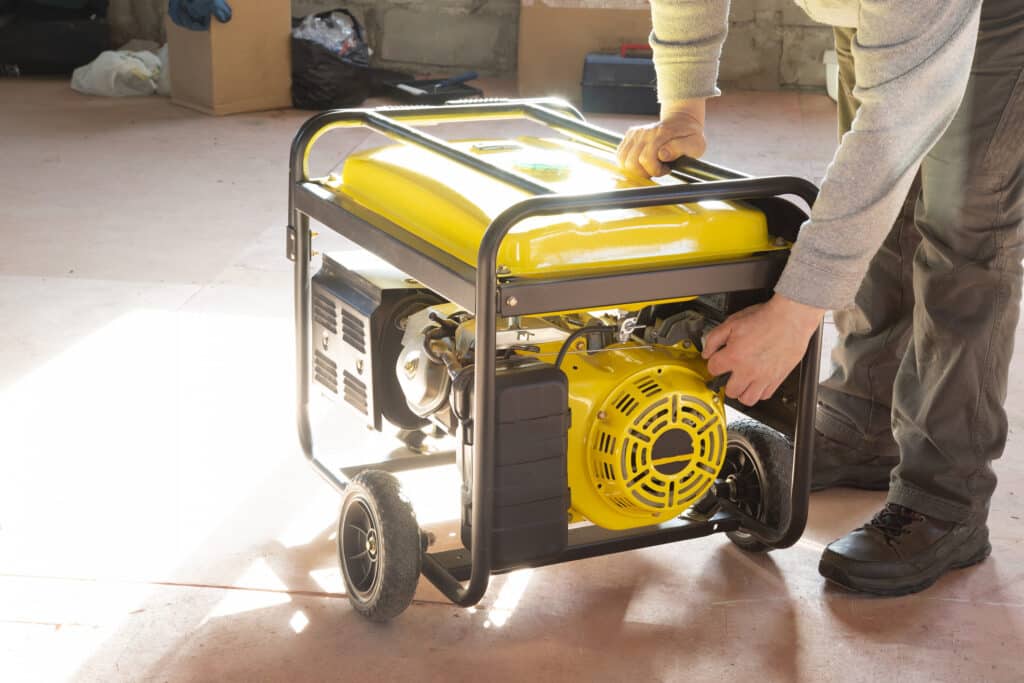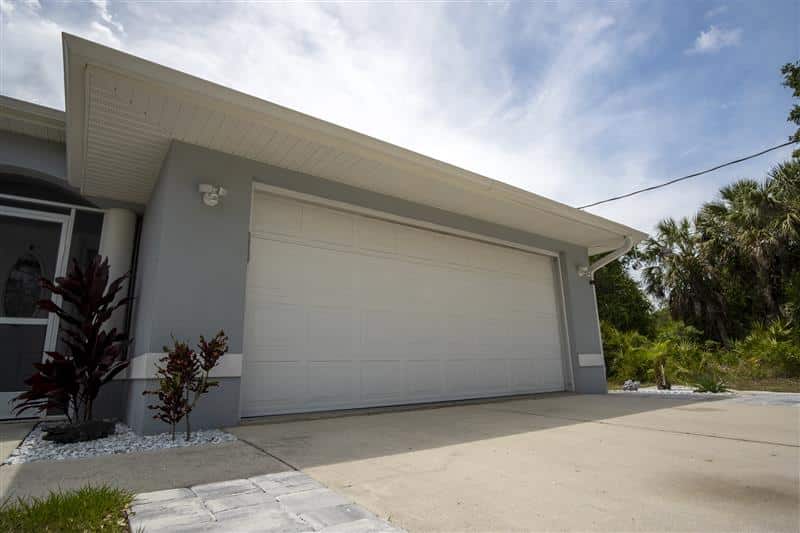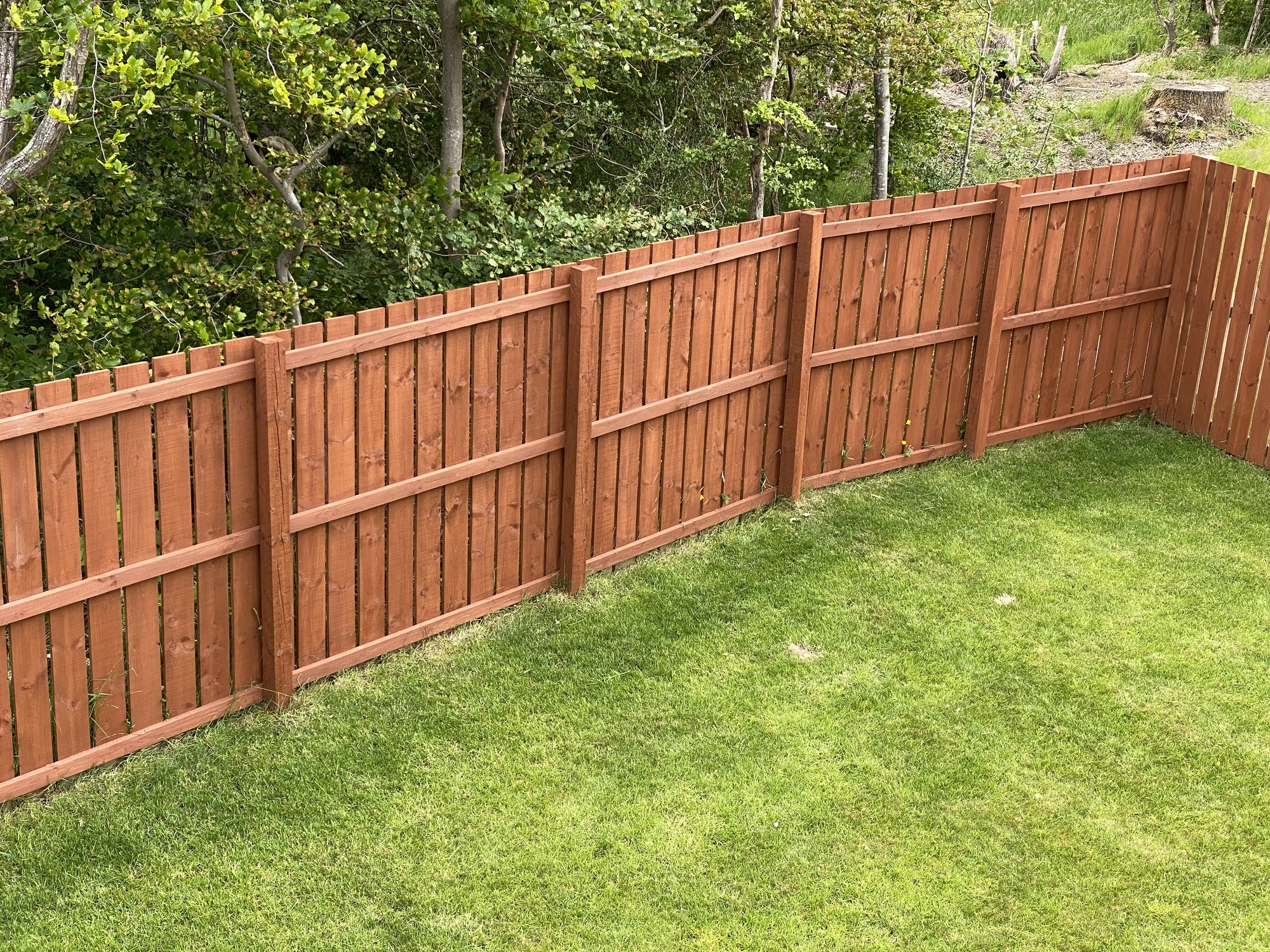Avoid These Common Generator Mistakes During a Hurricane Power Outage



When the power is out and tensions are high, it’s easy to make small mistakes—but even a minor slipup can have fatal consequences when you’re operating a generator. The best way to make sure you’re prepared is to familiarize yourself with your equipment by running it every month while you perform a few basic maintenance tasks.
But before you plug your generator in and get to work, let’s review some of the most common generator mistakes people make so you can keep your home and your loved ones safe.
Don’t Connect To Your Home’s Service Panel
Connecting your generator directly to your home’s circuit box is against the law for a reason—it’s extremely dangerous. After the hurricane passes and power returns, residual energy can make its way back up the line and cause an electrical fire. To make sure your generator is installed correctly, work with an experienced electrician. They can even mount a transfer switch that allows you to flip your power supply back and forth between your generator and the grid as needed.
Don’t Run Your Generator in an Enclosed Area
The number one rule for operating a generator safely is to do so in an open, outdoor area. That’s because the exhaust produces carbon monoxide, a toxic substance dubbed the silent killer. Carbon monoxide has no smell, making it virtually impossible to identify without a CO2 detector. To prevent carbon monoxide exposure, position your generator at least 15 feet away from any open windows or doors. Never operate a generator inside a garage or semi-enclosed structure.
Don’t Plug in the Wrong Extension Cord
Unfortunately, you can’t use any old extension cord you have lying around for your generator. The wrong cord can cause electricity to flow into places it shouldn’t, increasing the risk of electrocution or fire. A 14-gauge outdoor grounded extension cord is suitable for most generators as long as it has GFCI functionality. Double-check the user manual for your specific unit to determine the appropriate amperage.
It’s also important to use caution when plugging in extension cords. In general, make sure you always connect extension cords before starting your generator. After the generator is running, you can plug in additional loads to the extension cord. When it’s time to power down, disconnect the loads from the extension cord first. Then remove the cord from your generator. Once you’ve unplugged all of the cords, you can safely turn the generator off.
Don’t Use Old or Low-Quality Fuel
Over time, gas deteriorates and can cause issues, especially if it’s been sitting in an idle generator. To make sure your generator starts when you need it most, run it for 15 to 20 minutes every month. Completely drain and change your fuel every six months for optimal performance. If you’re storing gas, keep in mind it only has about a 30-day shelf life, but you can extend this by adding a fuel stabilizer. It’s also worth paying a few extra cents for premium fuel to prevent clogged injectors, which can reduce your generator’s output and encourage microorganism growth.
There are also a few safety precautions to keep in mind when you’re fueling up. Wait until your generator has completely cooled down before adding gas to prevent a fire or explosion. If you use natural gas or propane (LPG), check the gas lines for leaks on a regular basis.
Don’t Forget to Change the Oil
Oil keeps your generator’s internal components, like the engine and alternator, properly lubricated. Without it, these mechanical parts grind against each other, resulting in premature wear and tear. Generator oil also includes additives that protect from moisture, rust, and corrosion, so it’s certainly worth staying on top of this maintenance task. How often you need to change the oil will depend on how often you use your generator, how big the unit is, and weather conditions. Refer to your user manual to determine what type of oil your generator needs and establish a schedule for oil changes.
Don’t Operate Your Generator in Wet Conditions
It’s never a good idea to run your generator in rainy or wet conditions. Water can easily get into outlets and electrical panels, which can short-circuit the frame. You also run the risk of destroying the inverter or, worse, being electrocuted. To prevent this, position your generator in a dry, outdoor area on a flat surface. While you shouldn’t operate it in any type of semi-enclosed structure, you might consider installing a canopy with open sides for extra protection. You can also purchase a generator cover to keep your equipment safe when it’s not in use.
Don’t Wait Until a Power Outage To Prepare
It’s always better to be prepared for a natural disaster that may not happen than to scramble at the last minute. Generators are complex, and they require routine maintenance to keep running when you need them most. To make sure you can keep the power on when the weather takes a turn for the worse, add these maintenance tasks to your monthly to-do list:
-
- Clean the oil and air filter
-
- Test the batteries
-
- Check the coolant levels
Remember to run your generator at least once per month, keeping in mind that you may need to increase this during colder times of the year.
Knowledge Really Is Power
Now that you know what to avoid, consider making a checklist of basic maintenance tasks. Include step-by-step instructions and reminders so you can confidently operate your generator when you need it to power your home. If you’re still feeling a little wary, consider hiring a certified technician to inspect and maintain your generator throughout the year. A skilled electrician can help you find the best place to position your generator safely on your property and install a transfer switch to make turning it on (and disconnecting from the local power grid) a breeze.



